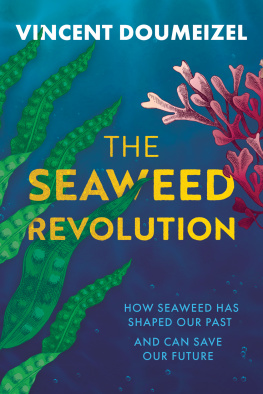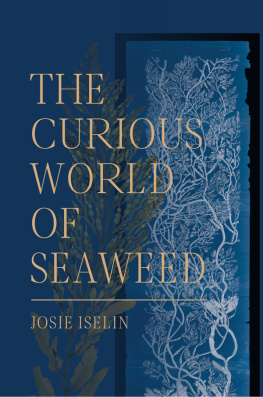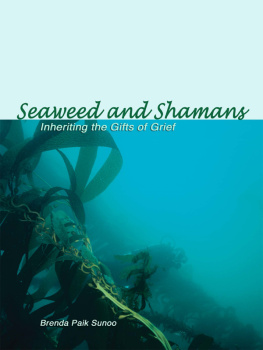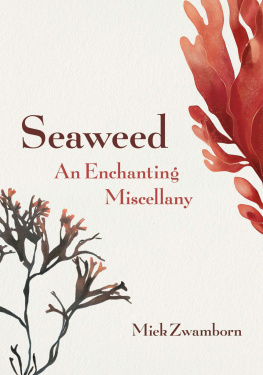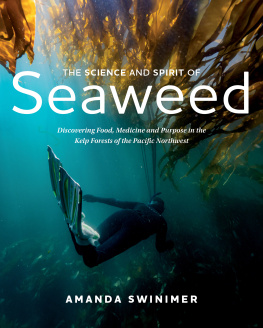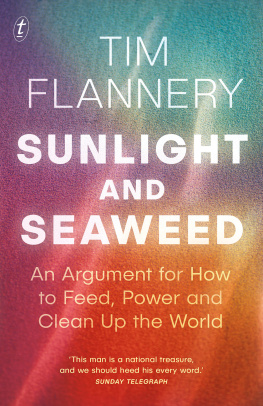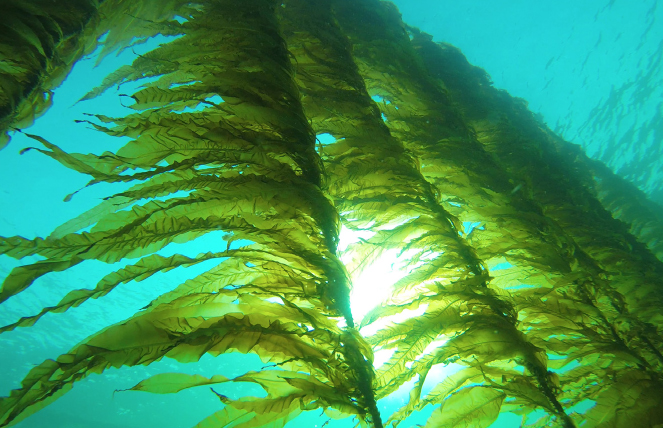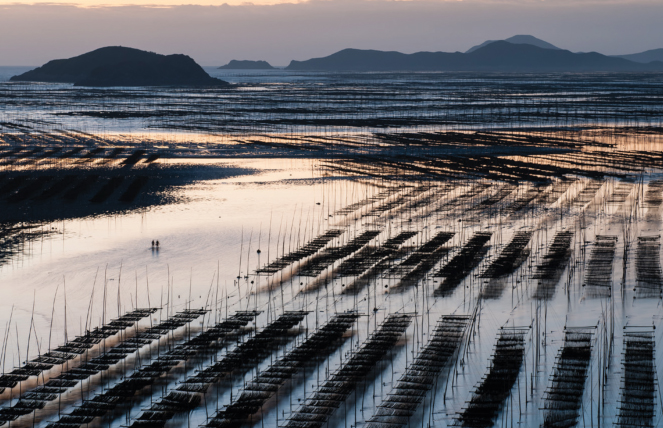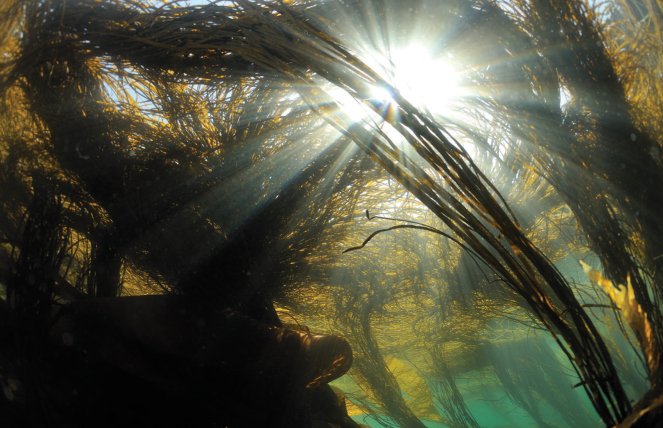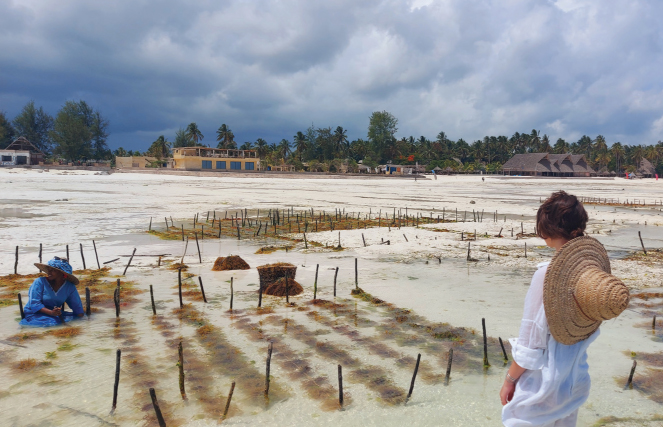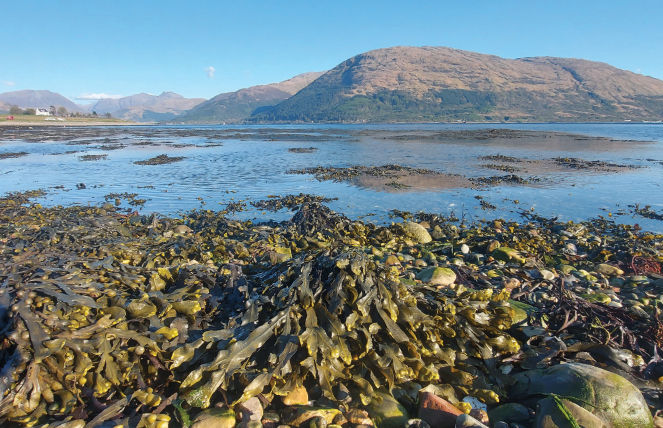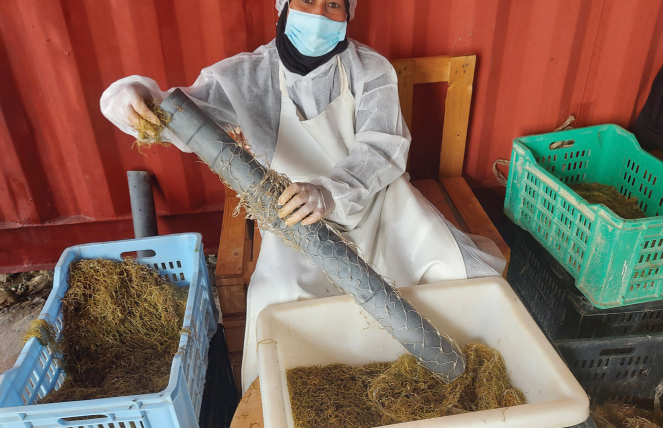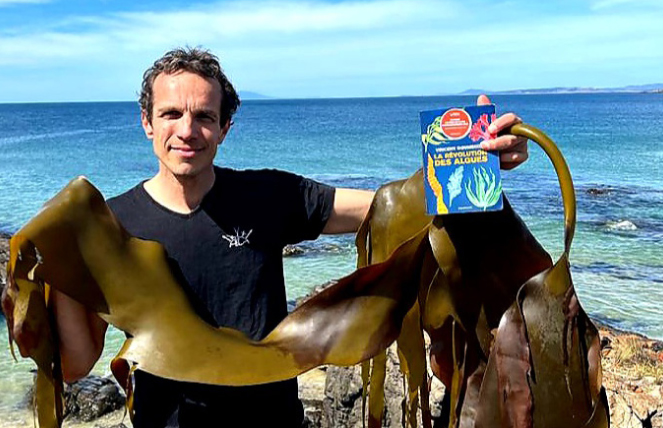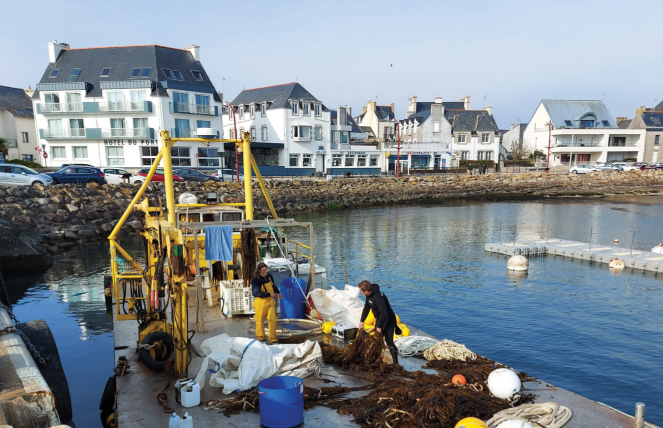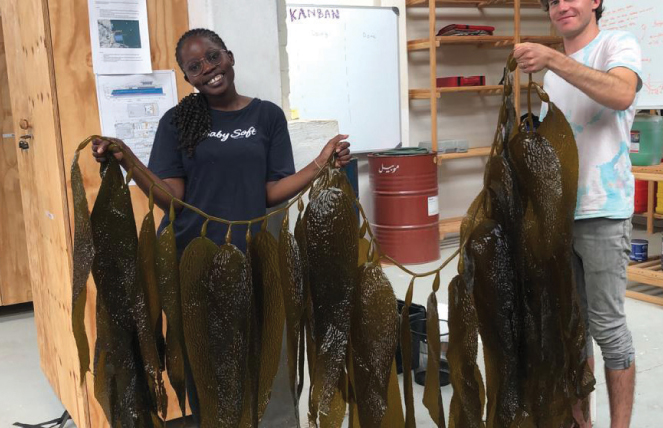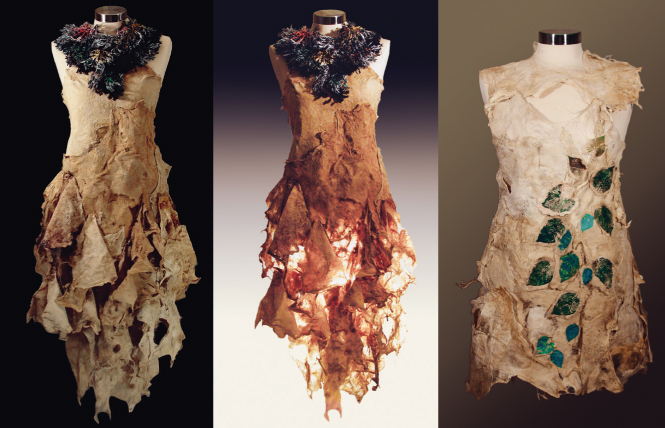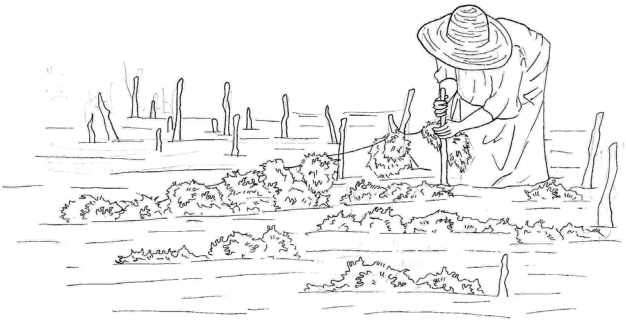Vincent Doumeizel - The Seaweed Revolution: How Seaweed Has Shaped Our Past and Can Save Our Future
Here you can read online Vincent Doumeizel - The Seaweed Revolution: How Seaweed Has Shaped Our Past and Can Save Our Future full text of the book (entire story) in english for free. Download pdf and epub, get meaning, cover and reviews about this ebook. City: London, year: 2023, publisher: Hero, genre: Science. Description of the work, (preface) as well as reviews are available. Best literature library LitArk.com created for fans of good reading and offers a wide selection of genres:
Romance novel
Science fiction
Adventure
Detective
Science
History
Home and family
Prose
Art
Politics
Computer
Non-fiction
Religion
Business
Children
Humor
Choose a favorite category and find really read worthwhile books. Enjoy immersion in the world of imagination, feel the emotions of the characters or learn something new for yourself, make an fascinating discovery.
- Book:The Seaweed Revolution: How Seaweed Has Shaped Our Past and Can Save Our Future
- Author:
- Publisher:Hero
- Genre:
- Year:2023
- City:London
- Rating:5 / 5
- Favourites:Add to favourites
- Your mark:
The Seaweed Revolution: How Seaweed Has Shaped Our Past and Can Save Our Future: summary, description and annotation
We offer to read an annotation, description, summary or preface (depends on what the author of the book "The Seaweed Revolution: How Seaweed Has Shaped Our Past and Can Save Our Future" wrote himself). If you haven't found the necessary information about the book — write in the comments, we will try to find it.
Seaweed develops in water everywhere, from the eternal glaciers to lagoons heated by the sun, from seas saturated with salt to the fresh water of our rivers. Yet we only know how to cultivate a few dozen varieties, at most. Incredibly diverse, seaweed could help to bring back balance in our ecosystems through a wide range of applications. It could allow us to better feed human beings and animals, replace plastic and fertilizers, boost medical innovations, mitigate global warming, repair biodiversity and support economies in coastal communities where fish stocks are declining.
Although seaweed has supported our development for millions of years, we have lost our connection with it and focused our efforts purely on land cultivation. Today a fast-growing global population, combined with climate, social and environmental crises, gives us compelling reasons to reconsider this forgotten treasure.
Vincent Doumeizel: author's other books
Who wrote The Seaweed Revolution: How Seaweed Has Shaped Our Past and Can Save Our Future? Find out the surname, the name of the author of the book and a list of all author's works by series.

